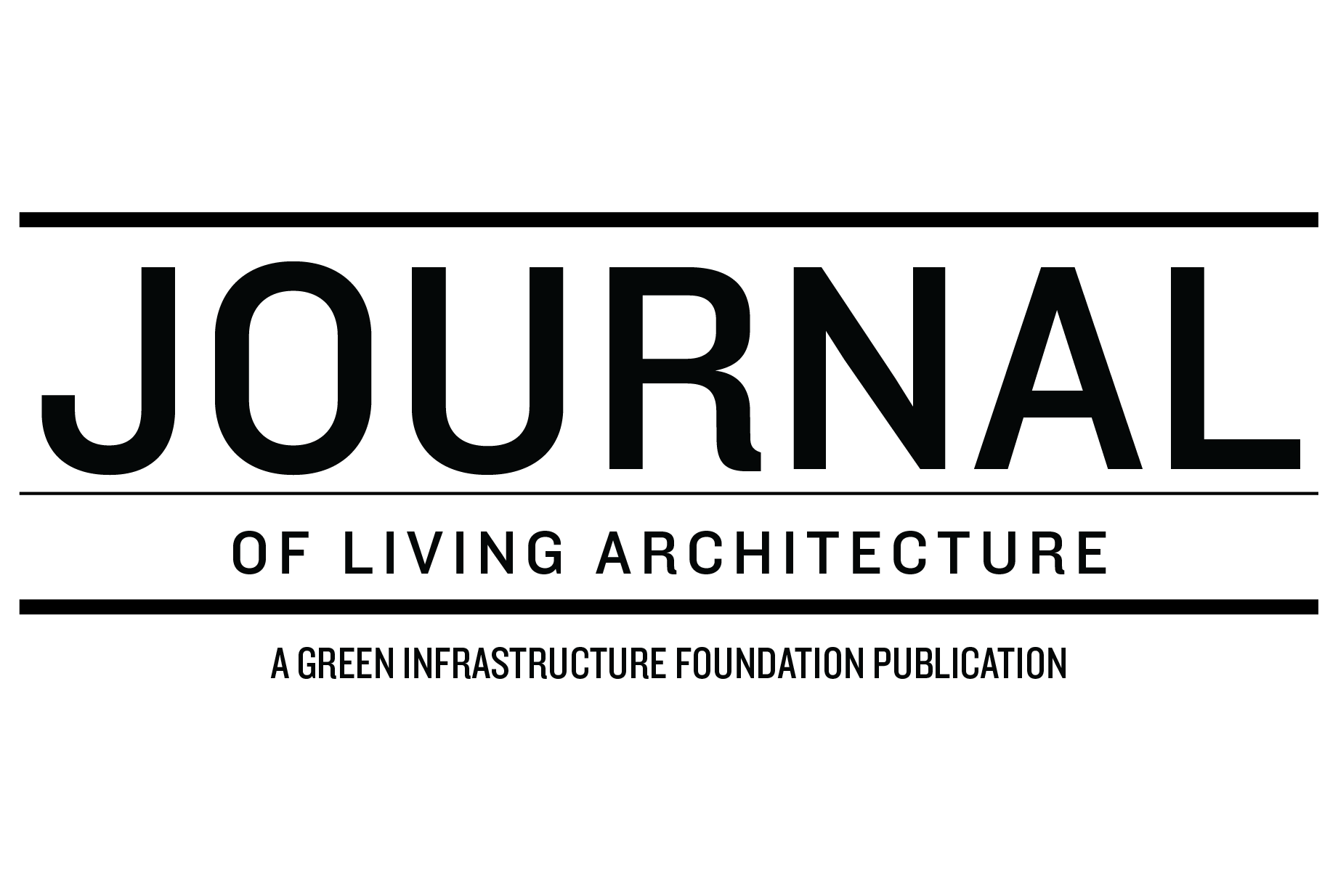EU Policy Innovations Support Green Infrastructure Amid Climate Transition
Advertisement
The many wheels of EU's compliance regulations.
We live in a time of unprecedented social, environmental, and economic change. To manage and hopefully guide the transition, and to address the multiple challenges it raises, particularly when it comes to the climate, we need innovation and resilience. Resilience and innovation go hand in hand. We show resilience in our capacity to face multiple crises, for example the combined climate, energy and health crisis, adapt and rethink what we consider taken for granted. When we innovate, we go beyond resilience, bringing forward new ideas, methods and devices that provide solutions.
The green transformation of cities is the quintessence of resilience. We have a large body of evidence showing that the deployment of green infrastructure in urban areas delivers solutions to adapting to and managing environmental and societal challenges ranging from rainwater management to increased biodiversity, energy savings and the improved mental health and wellbeing of citizens.
Driven by the goal to make cities more resilient and more sustainable long term, at the European Union (EU) Chapter of the World Green Infrastructure Network we have embarked upon a very ambitious innovation journey. We are advocating for the creation of a policy and regulatory framework at the EU that will enable the systematic integration of green infrastructure in densely populated areas. And we are insisting on an ambitious policy innovation strategy that established policies, rules and financial instruments to accelerate the process of greening cities.
University Warsaw's Library - Beautiful and Multi-Functional Rooftop Gardens.
Advertisement
The European Union has already committed to become the first carbon neutral continent by 2050. This means revising several crucial pieces of legislation, making them more stringent, setting mandatory targets and increasing ambition, in order to realize the goal to completely decarbonize our society by mid-century.
We actively sought a green infrastructure dimension in as many of these policy files as we could. We found space for policy innovation and began an educational and advocacy campaign to raise awareness about green infrastructures’ multiple benefits.
Flags European Parliament Background Strasbourg France.
Policy makers are discussing the integration of green infrastructure as well as linking biodiversity considerations with urban rooftop solar installations in the Energy Performance of Building Directive that is a set of rules to boost sustainable building renovations across the continent. Stormwater management and the prioritization of green infrastructure over grey infrastructure are part of a proposal to revise the European Urban Waste Water Treatment Directive, a 30 years old set of rules that has not acknowledged the pressing problem of urban runoff. Binding greening targets for urban areas are discussed in the framework of a unique Nature Restoration Law proposal which will be complemented by a European Pollinator Initiative designed to reverse the dangerous loss of pollinators across the continent. The discussion on the water energy nexus in the Energy Efficiency Directive could pave the way to the deployment of green roofs and permeable surfaces to reduce the spikes in energy consumption associated with rainwater treatment after extreme events. “Beautiful”, “sustainable” and “together” are the three principles of the New European Bauhaus initiative, a policy initiative aimed to reimagine our living spaces and perfectly tuned with goal to increase vegetated spaces in urban areas. Financing, stimulated by this growing policy activity, begins to become consistent via programs such as Horizon Europe, the EU Research and Innovation program, the Cohesion Policy funds that support regional development and the Natural Capital Financing Facility run by the European Investment bank.
The next 18 months will be key to achieving the goal of greening our cities, because most of the above-mentioned legislations will enter the final stage of revisions and negotiations before being adopted and becoming laws in the 27 member States of the European Union. By then we will know if our efforts paid back, and we will be able to share our experience about such holistic approach with other regions of the world. We will know if the policy innovation that we had envisioned and advocated for, will create the fertile ground for one of the most important challenges of the next two decades, making our cities healthier, more livable, and more beautiful for all.
Advertisement
Luigi Petito, 45, father of two, is an expert in European public affairs. He is based in Brussels, cross-roads for international affairs and the European Institutions. In 2019 he was invited to establish and lead the European (EU) Chapter of the World Green Infrastructure Network. Since then, he follows EU policy and regulatory developments related to green infrastructure and advocates for a systematic integration of green infrastructure in urban areas.
The World Green Infrastructure Network and the German Green Roof Association are co-hosting the World Green Infrastructure Congress in Berlin in June 27-29 of 2023. For more information go to: https://www.bugg-congress2023.com/en/about.html







